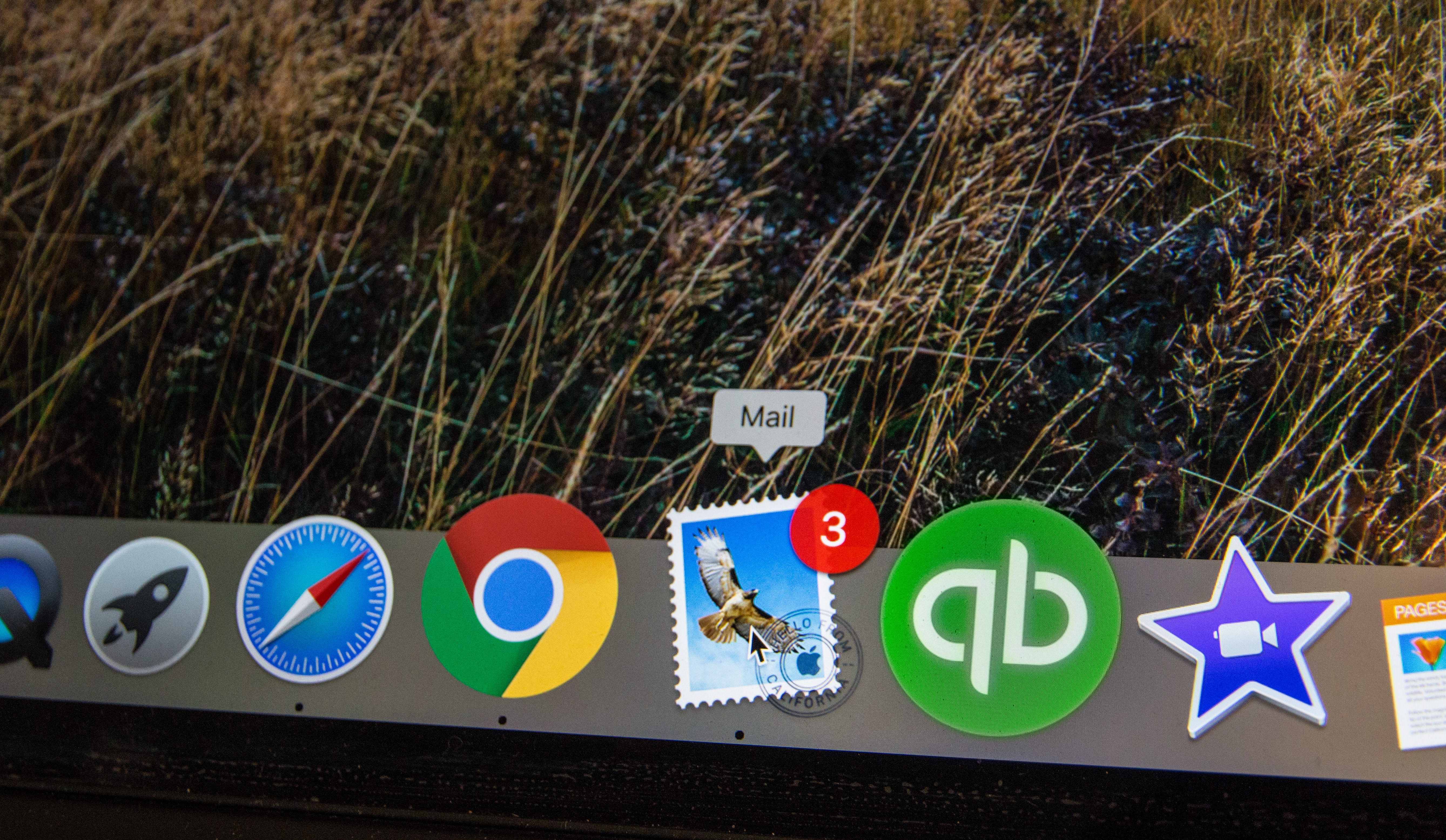Despite constant reports of its death, a pitch email is still the best way to connect with new prospects, reporters, mentors and anyone else who could present new business or career opportunities.
It is easy to hit send on an email pitch. It is not, however, easy to reach your intended audience successfully. Every day, four billion people around the world use email, and they send 306 billion emails, according to Statista. How can you get noticed?
In this article I’ll share my tips on how to write a pitch email that actually gets responses, pulled together from my years of experience in public relations and marketing.
What Is a Pitch Email?
A pitch email is an unsolicited message designed to persuade the recipient to take a specific action. It should be a concise, compelling summary of the idea or proposal you’re pitching.
The most common pitch emails that B2B companies send are sales pitches, which aim to schedule calls with prospective buyers, and PR pitches, whose goal is to secure media coverage.
How to Write a Pitch Email in Six Steps
Follow these six tips to write a pitch email that gets responses:
- Keep it short.
- Focus on the subject line.
- Use your research.
- Show some personality.
- Act as if it will be published.
- A/B test.
1. Keep It Short
No cold email should be longer than five sentences. People are busy and don’t have time to read your novel. If you can’t make it interesting in five sentences, it isn’t interesting.
Your job isn’t to close the deal immediately. It is to spark the dialogue.
2. Focus on the Subject Line
Stop spending so much time on the body of the email pitch and instead invest in the subject line. That is your headline. That is what is going to get your email clicked on or deleted. So put some effort into it.
Love them or hate them, no one knows headline clickbait like BuzzFeed. Last I heard they write every headline 25 times before choosing one. That forces them to look at it from all angles, which helps them find the most memorable one.
Most of us read and re-read the body of an email and then just slap on the first subject line that pops into our minds. In a lot of ways, it should be the other way around.
3. Use Your Research
Establish that you have properly researched your recipient and are providing them value. A reporter is going to write about you, or a prospect is going to buy from you, because he or she believes you are a credible thought leader.
If you provide valuable information in the pitch email, they will be more likely to invest time in you. Just don’t be creepy. It is good to do research, but don’t write things like, “I love that red shirt you wore on Valentine’s Day in 2012.” That is just weird.
4. Show Some Personality
We all like to be entertained. I am often solicited for things. I usually ignore these pitch emails. The only time I immediately respond is when someone writes something like:
“You have obviously not responded because a) your vacuum cleaning needs are met; b) you were blown away by my offer and need to hear more; c) you have been attacked by a polar bear and I should be contacting the authorities at this very moment!”
That gets me every time. It works because it is funny. Suddenly this isn’t just an email. It is an email from a human being. That is a subtle yet crucial difference.
5. Act as if It Will Be Published
This will prevent you from being lazy. It’s what I like about Twitter. If you want to cold tweet someone, everyone can read what you write. Acting as if your email pitch will be published can motivate you to make sure you’re proud to have your name on it.
Additionally, if you’re emailing a reporter, you should assume that everything you write in an email could be published. So be careful what you write.
6. A/B Test
How do you know what works if you don’t compare different options? This is why it is good to always A/B test different headlines — and even different pitches.
Only then do you begin to transform the process from an art to a science. Only then do you begin to gather data that can help inform your actions in the future. This is how you get better.
Things to Consider Before Sending Out a Pitch
The ease of sending a pitch email has made it harder to reach your audience, because there are so many more people doing it.
I once had lunch with a national tech reporter who had 1,200 unread emails in his inbox — just from that morning. That is what you’re up against when you want to get major media coverage or reach an enterprise prospect. You need to put in a little effort and get creative if you want to stand out.
But why email? Why not the phone? Cold calls are inefficient. How often do you pick up when an unknown phone number is calling? And when you do, and they’re trying to sell you something, how quickly do you hang up the phone?
An email pitch doesn’t put the recipient on the spot like a phone call does. When people feel like they’re on the spot, they tend to get defensive. And the defensive response is to embrace the status quo, which means to do nothing.
Your job is to provide a reason why this person must act and act now.
A phone call can be a valuable follow-up, after having properly exhausted the written options. But never follow up with a call 15 minutes after sending your email and say, “I just wanted to check if you got my email.” It’s not 1975. They got your email. It just wasn’t compelling enough for them to respond.
Just Keep Pitching
Despite the deluge of emails in the modern business world, email pitches remain a crucial way to connect with the media and potential customers.
Writing a pitch email that people will respond to requires some effort and creativity. By keeping it short, focusing on the subject line, establishing credibility and showing some personality, you can increase the chances of your email being read and acted upon.
Just remember: You can still do all of these things right, and your recipient still may not respond because of various reasons that are out of your control. That can be incredibly frustrating, but the effort is still valuable. It builds that foundation, and your next pitch email will be much warmer than your first.



